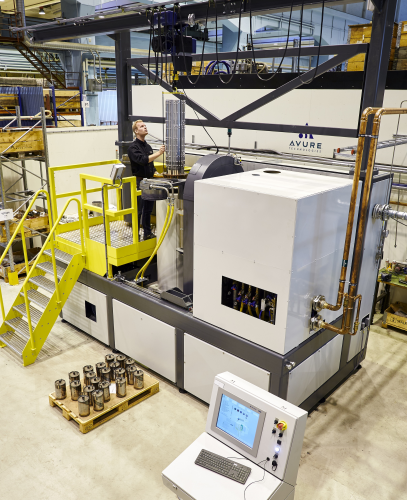
The facility, next to the Avure manufacturing plant, is equipped with two hot isostatic presses (HIPs) and one cold isostatic press (CIP). Avure HIP technology produces parts with improved isotropic material properties, offering the highest possible density of all available compaction methods, the company claims.
‘The Application Center allows us to collaborate further with component fabricators in areas such as additive manufacturing (3D-printing), metal injection molding (MIM), and investment casting to ensure they select the best pressing systems to match their needs,’ said Jan Söderström, CEO of Avure Technologies AB. ‘We can help them verify their fabrication processes and determine parameters for cycle optimization before they go into full-scale production.’
Densification processes
‘Traditionally, HIP has been used for densification, but the trend is now to combine densification with solution treatment, quenching, ageing, and/or other heat treatment processes in the same cycle,’ added Peter Henning, business unit director-AMD. ‘This leads to significant savings in lead-time, improved product quality, and lower costs and energy savings resulting from fewer transports and re-heating.’
The Application Center CIP has a working pressure up to 12,000 bar (174,000 psi), while the HIPs have a working range up to 2070 bar (30,000 psi) and 2000°C (3632°F). These presses are equipped with either the uniform rapid cooling (URC) or Avure’s proprietary uniform rapid quenching (URQ) capability, which permits cooling rates of >3000°C (5432°F) per minute to be achieved.





